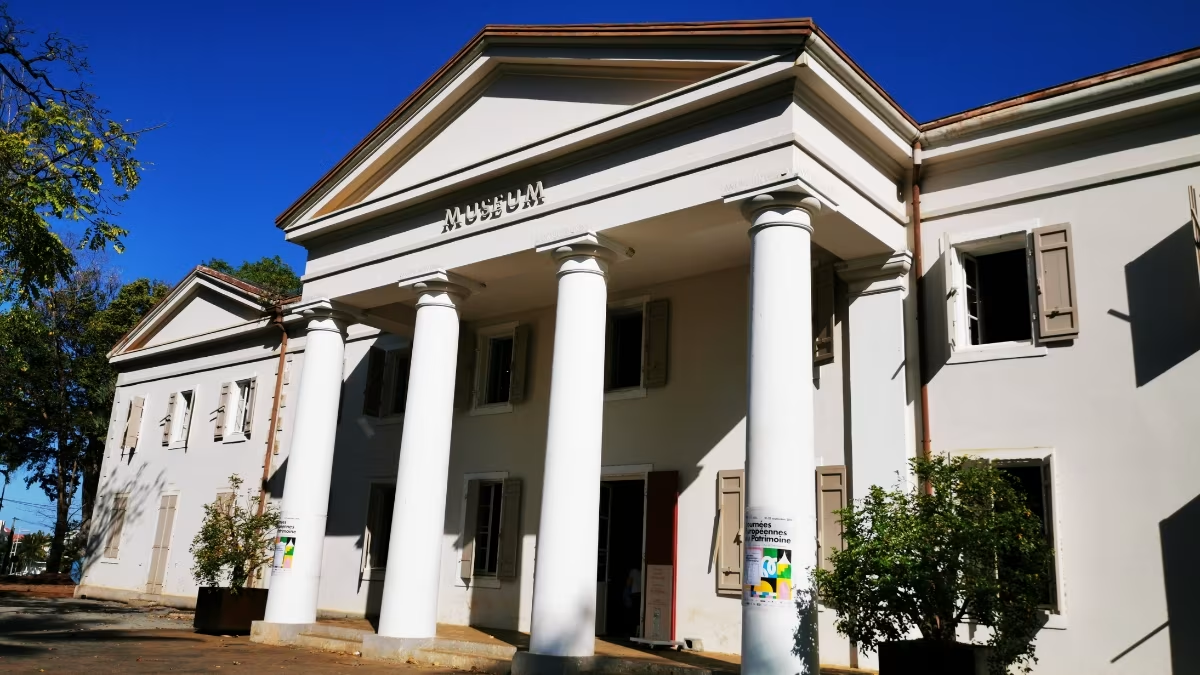Natural History Museum of La Réunion – A Journey into the Island’s Wildlife
A Must-Visit for Nature and History Enthusiasts
Located in the Jardin de l’État in Saint-Denis, the Natural History Museum of La Réunion is one of the island’s most remarkable cultural attractions. Founded in 1855, it houses a fascinating collection dedicated to the wildlife, flora, and natural history of the Indian Ocean islands. The museum takes visitors on a captivating journey through the centuries, featuring exhibitions on extinct species - including the famous dodo - and rare collections such as the lemurs of Madagascar.

An Enriching Experience for All Ages
The museum offers several permanent exhibition spaces, including the Lantz Room, the Mezzanine, and the Lacroix Room. These areas showcase the unique fauna of the Mascarene Islands, from extinct species like the Solitaire to present-day animals such as lemurs and seabirds. The Lantz Room, for instance, features an impressive lemur collection, while the Mezzanine focuses on Madagascar’s wildlife and the island’s ecological challenges.
An Immersive and Interactive Visit
With modern, interactive displays, the Natural History Museum offers both a fun and educational experience, making it ideal for families. In addition to its permanent exhibitions, the museum regularly hosts activities and workshops aimed at raising awareness about La Réunion’s biodiversity and the conservation of endangered species.
Practical Information
Easily accessible with your Tropicar rental car, the museum is located in the centre of Saint-Denis, with free parking nearby. It is open from Tuesday to Sunday, from 9:30 am to 5:30 pm, and admission is free on the first Sunday of every month.
Entry Fees:
Standard rate: €2
Reduced rate: €1 (seniors, groups of 10 or more with reservation)
Free admission for:
Children under 18
School groups
Students
CMU beneficiaries
People with disabilities
Members of museum organisations